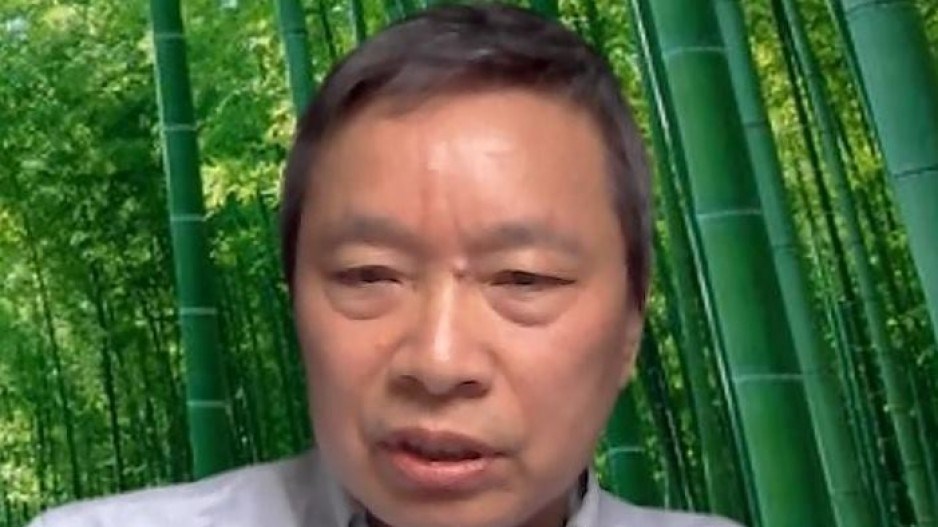Given the carbon emissions intensity of steel and concrete, and the imperatives of addressing climate change, the market for engineered wood products in construction is expected to grow in the coming years.
And as it grows and evolves, there may be added benefits for engineered wood manufacturers to not only use locally grown timber, but to incorporate bamboo imported from places like Asia, Africa and South America as well.
That was one of the suggestions heard Monday at the first day of a three-day virtual conference on forestry being held by the University of BC’s faculty of forestry.
The Commonwealth Forestry Conference features speakers and experts from around the world to discuss the state of forestry around the world – from Brazil to New Zealand.
Forestry can play a key role in climate change strategies, both as carbon sinks, as well as producing renewable fuels and in the displacement of high emissions building materials.
Mass timber construction is expected to be a significant new market that will help regions like B.C. diversify its forest economy with higher valued-added products, as decarbonisation policies for construction become more stringent around the world.
Cement and steel production are among the most carbon intensive industries. Depending on how much cement and concrete is displaced, mass timber can reduce a building’s carbon emissions footprint by about 50%.
“Wood-based products have to be considered as an integral part of our strategy to decarbonize economies and mitigate climate change,” said Ian De La Roche, a consultant and adjunct professor at UBC’s faculty of forestry.
B.C. is already home to a number of engineered wood products manufacturers, including mass timber producers like Structurlam and Kalesnikoff Lumber. Mass timber is a type of engineered wood product typically made from compressed multiple layers of sawn lumber.
While some high-rise buildings have been built using mass timber, the biggest market is likely to be mid-rise construction of buildings averaging five storeys, De La Roche said Monday at a session on new markets.
“I think most of us agree that the sweet spot for urban construction going forward is going to be the mid-rise,” he said, adding about 700 mid-rise buildings have been built in the last five years using mass timber.
While in North America engineered wood products have used traditional woods like fir, spruce and pine, in Asia, bamboo is being used for a wide variety of engineered composites, like scrimber – a type of lumber made from a composite of crushed bamboo fiber bundles.
Bamboo residuals can also be used in making biodegradable packaging to replace plastics, and bamboo composites can even be used to make water and utility pipes, instead of steel or plastic.
One study in Taiwan showed bamboo is two to three times more efficient in sequestering carbon, compared to fir, said Chunping Dai, a professor at UBC’s department of wood science.
One of the reasons for this is that 40% of the biomass of bamboo is underground in the root system, which continues to live after the bamboo is cut.
“So that becomes a continual carbon storage,” Dai said.
As a building material, bamboo is dense, hard, strong and flexible. One shortcoming is its high sugar and protein content, which can promote the growth of mold, which means it requires drying and treatment before being made into composite materials.
From a decarbonisation perspective, one advantage of bamboo composites is that bamboo is fast-growing. A crop of bamboo can be grown in just four years, which means that there is a more rapid cycling in the uptake of CO2.
Bamboo grows in Asia, Africa and South America. Dai said bamboo as an alternative building material is still “vastly under-utilized.”
“Bamboo has a lot of potential… as a replacement or supplement for wood as a building material,” Dai said.
Dai said that both bamboo and conventional wood have their own advantages and shortcomings, so combining them in engineered wood products may capitalize on both of their strengths.
“We believe there’s a potential for the two materials to come together,” Dai said.



